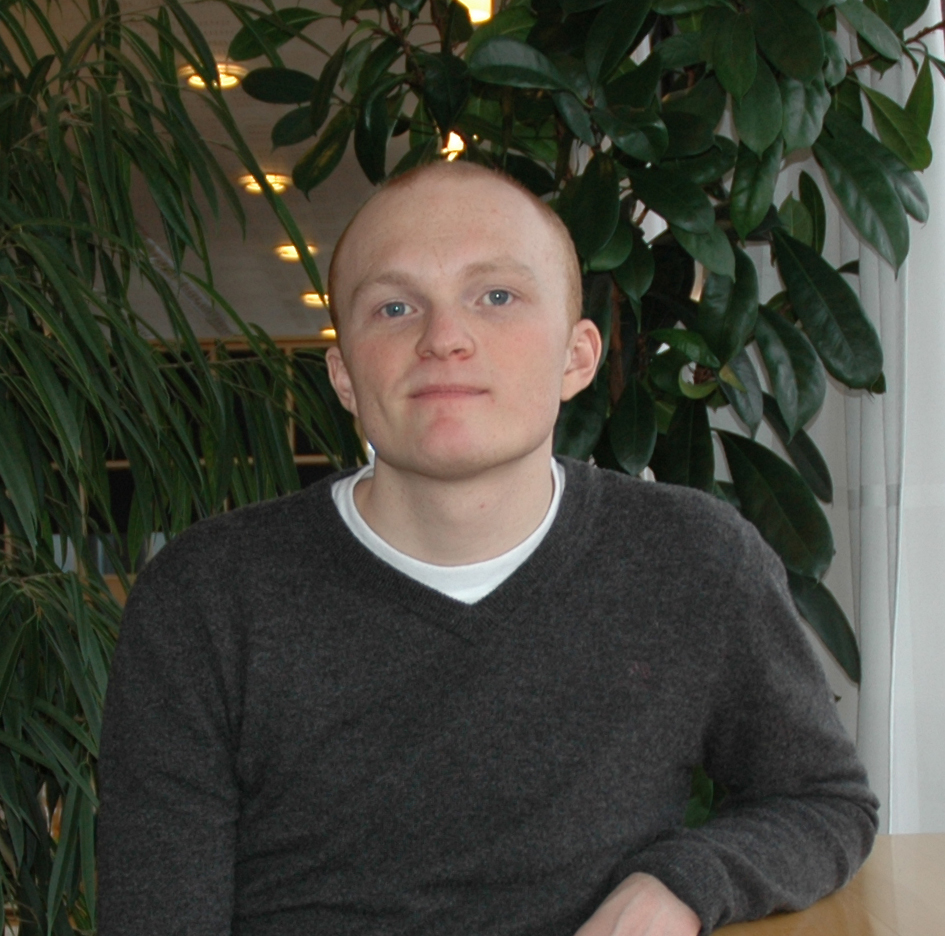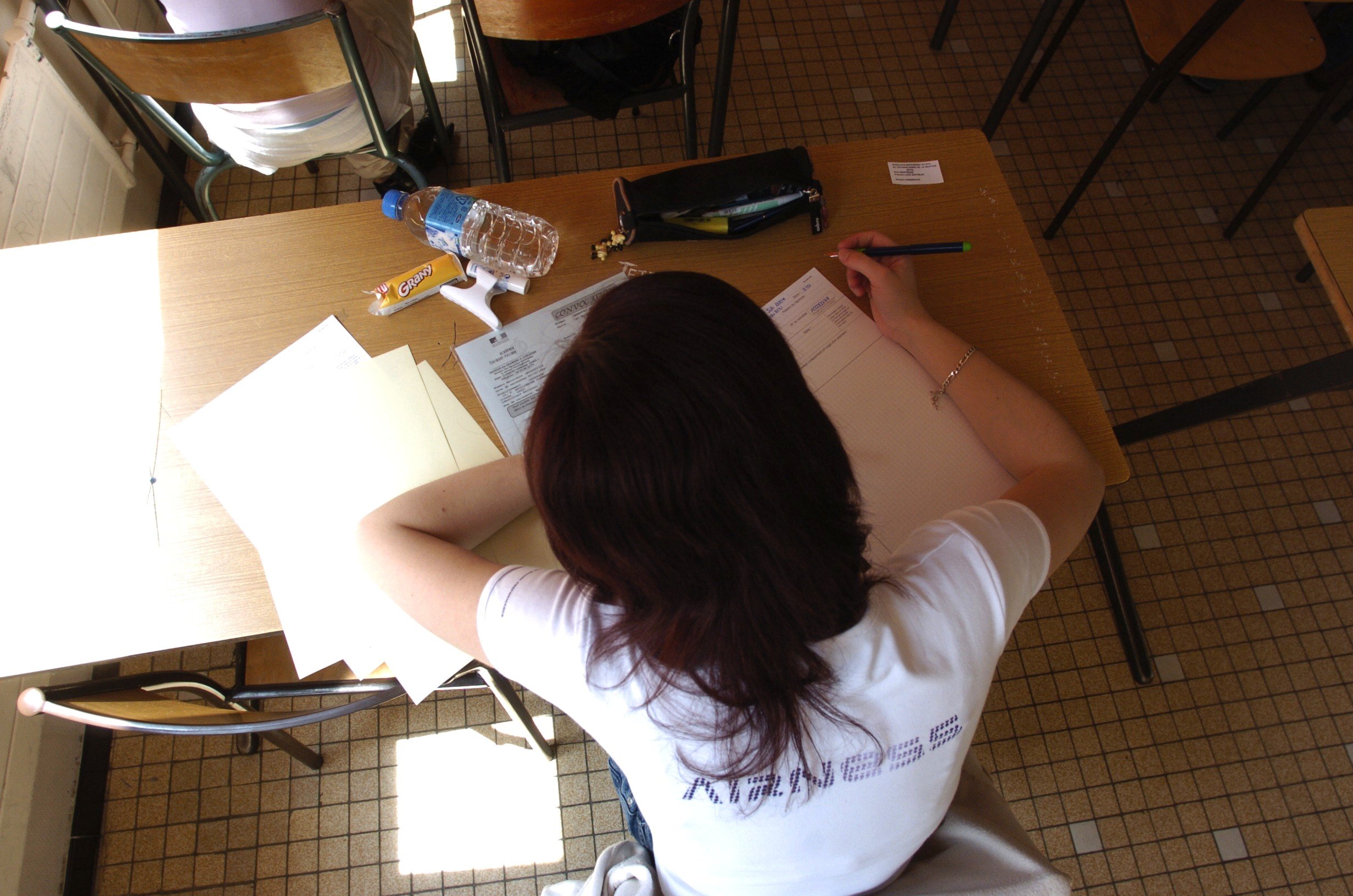Bigger gender gaps in rich countries
There is little difference in how Ghanaian girls and boys view science education and technology. In Norway, Sweden, Finland and England, on the other hand, the gender gap regarding what the pupils are interested in is huge.
There is a difference in how interested girls and boys are in science education and technology. But the gender difference is not equally big everywhere. Two new studies on youths’ attitudes towards science education have come to this conclusion.

In a doctoral thesis from 2006, Camilla Schreiner explored how gender and the construction of identity affect Norwegian youths’ interest in science education. She found that gender is important to understand how youth view science education.
But when her work was done Schreiner was left with several unanswered questions. One was whether the Norwegian results were transferable to other countries.
Both Fredrik Jensen and Fazilat Siddiq Ullah have picked up this thread in their master’s theses. The answers they come up with are very different; not least when it comes to the importance of gender in science education.
Similar to Norway
"The answers from youth in Norway, Sweden, Finland and England are strikingly similar," says Fredrik Jensen.
Like Schreiner, he has founded his thesis on an international study conducted by the research project ROSE (The Relevance of Science Education). Around 50.000 pupils from over 40 countries in Europe, Africa, South America and Asia have completed a questionnaire regarding their views on and attitudes towards science education.
Based on the answers from the Norwegian youths Camilla Schreiner established five characteristic types of pupils: The selective girl, the selective boy, the reluctant pupil, the indifferent pupil and the enthusiastic pupil. The latter three are not gender-specific.

Jensen has studied the response from 15 year olds in Sweden, Finland and England. For each of the countries he has identified the same types of pupils that Camilla Schreiner used, except for 'the indifferent pupil'.
Gender differences
One common characteristic of Norway and the three countries that Jensen has studied, is that the two gender-specific categories 'selective girl' and 'selective boy' respond very differently.
"Both of these types are very interested in some of the topics that are listed in the study. Selective girls are interested in health, medicine and mysterious things like telepathy, dreams and what happens when we die. Selective boys are mainly interested in things that blow up and cause destruction, like bombs and weapons, but also things regarding the universe and technology," says Jensen. According to him, the categories that dominate the top 15 list among selective boys are almost completely absent from the top 15 list of the selective girls.
He emphasises that he did not use gender as a starting point for his analysis and that the gender-specific student types appeared when he categorised the answers.
More interested
Fazilat Siddiq Ullah has used material from the same research project as Schreiner and Jensen. However, her findings differ from those of Schreiner. Ullah did not identify the same types of pupils as Schreiner, and has not found similar gender differences.
While Jensen studied countries that are close to Norway culturally and economically Fazilat Siddiq Ullah has looked at four countries with a different standard of living: Ghana, Uganda, Malaysia and Trinidad and Tobago. The first two countries rank low on the UN’s Human Development Index (HDI), while the other two are industrialised countries with an average standard of living.
In Uganda 20 percent of all 15 year olds attend school. For Ghana, the number is 40 percent.
"In my analyses of Uganda and Ghana I started out with six types of pupils, but the differences were insignificant. I therefore reduced the number of categories to two: One group of pupils who were very interested in all the topics listed in the study, and one group of pupils who were also interested, but who had a more selective response."
The groups that Ullah called 'very interested' and 'selective moderately interested' consisted of approximately the same number of girls and boys. In other words, the choices the pupils made revealed no major gender differences. But she found that the students in general showed more interest in all the topics compared to the Western students.
Placed in the middle
The youths in Malaysia and Trinidad and Tobago grow up in a wealthier society than their fellow pupils in Uganda and Ghana. Their answers differ both from the results in Norway and in Uganda and Ghana.

"In these countries I identified four categories that were stable and significant. Three of the categories, which I call 'fairly uninterested', 'moderately interested' and 'very interested', indicate level of interest. These have relatively even numbers of girls and boys."
But for both these countries Ullah also found one gender-specific category. In Malaysia she identified the category 'selective boy', in Trinidad and Tobago the category 'selective girl'.
"It is interesting that these countries, whose standard of living is somewhere between the Western countries and the African countries, are also placed in the middle with regard to the categories. The boy and girl categories that I identified in these two countries are similar to those in the Western world, but all the pupils are more interested in science education than Western students," Ullah says.
She adds that the identification of the distinct girl and boy categories surprised her, but that she was not able to study them more thoroughly in her thesis.
Identity
Ullah and Jensen have worked closely together on their master’s theses; they have intentionally chosen the same types of research questions and studied countries with different scores on the UN’s Human Development Index. This way, they were able to compare the results from several countries, and the studies clearly show how the answers vary according to the culture and wealth of the country.
One thing they found was that interest in the natural sciences and technology increases the lower a country ranks on the Human Development Index.
"In general, the pupils in Uganda and Ghana show greater interest in all the topics listed on the questionnaire compared to pupils in for instance Norway and Sweden. Pupils in Malaysia and Trinidad and Tobago rank between these countries," says Ullah.
The findings also suggest that the gap between girls’ and boys’ fields of interest increase the wealthier a country is. The higher the standard of living, the bigger the difference between the two genders.
"The pupils in Uganda and Ghana show great interest in science studies and technology. One possible explanation may be that youth in these countries see knowledge as the road to a better life," says Jensen.
When it comes to the gender differences he points to the fact that youth in Western countries to a larger degree can choose their own identity. Gender seems to be an important factor in this process. In other countries, however, factors like parents and family background are a bigger part of a person’s identity.
"In Western countries, self-realisation and developing one’s own identity is important. But in poorer countries a career within the natural sciences and technology can be a way out of poverty. Other needs come first, and that might cause boys and girls to respond more similarly," Ullah adds.

Fazilat Siddiq Ullah has written the master’s thesis Small gender differences among youth in less modernised countries? (Små kjønnsforskjeller blant ungdom i mindre moderniserte land?) at the University of Oslo (2008).
Fredrik Jensen has written the master’s thesis Does wealth increase the gap between girls and boys? (Velstand øker avstanden mellom jenter og gutter?) at the University of Oslo (2008).
See
Camilla Schreiner has written the doctoral thesis Exploring a ROSE-garden: Norwegian youth’s orientations towards science – seen as signs of late modern identities, based on the international research project "ROSE – The Relevance of Science Education".
In her dissertation, Schreiner distinguished between five Norwegian types of pupils in science education: The selective girl, the selective boy, the reluctant pupil, the indifferent pupil, and the enthusiastic pupil.
See
ROSE is an international comparative research project meant to shed light on factors of importance to the learning of science and technology (S&T) – as perceived by the learners. Key international research institutions and individuals work jointly on the development of theoretical perspectives, research instruments, data collection and analysis.
